Yates Account
Join now
Create a Yates account today!
Sign up to join the Yates Garden Club for monthly e-mails packed with seasonal inspiration, tips for success & exclusive promotions.
Plus if you’re a Garden Club member you can take part in the Yates Growing Community - a blog to share successes, get advice & win prizes in fun challenges along the way!

Forgot password
Enter the email address associated with your account, and we'll email you a new password.

How to grow cauliflower in a garden
- Fill starter pots or trays with Yates Black Magic Seed Raising Mix. Sow seeds, cover, firm down and water well. Keep the soil moist so the seeds don’t dry out.
- While the seedlings are growing, choose a sunny spot in the garden and prepare the planting area well by digging in Yates Thrive Natural Blood & Bone with Seaweed. Add a little Yates Hydrangea Pinking Liquid if soil is acidic.
- Once seedlings have emerged, feed weekly with Yates Thrive Natural Fish Seaweed+ Plant Food Concentrate. Allow seedlings to grow to about 7cm before transplanting.
- When transplanting them into your prepared garden bed, ensure seedlings are well spaced – at least 30 to 40cm apart. Mulch with an organic mulch, such as pea or lucerne straw and water in well.
- Feed weekly with Yates Thrive Natural Fish Seaweed+ Plant Food Concentrate to ensure strong root development and a fruitful crop.


How to grow cauliflower in a pot
- Choose a pot that is at least 300mm wide and 300mm deep. Position in full sun and protect from strong winds.
- Fill the pot with quality potting mix, such as Yates Premium Potting Mix.
- Sow seeds, cover, firm down and water well.
- Once the seedlings emerge, feed weekly with Yates Thrive Natural Fish Seaweed+ Plant Food Concentrate.
Cauliflower 'Snowbowl' Hybrid
Cauliflower 'Snowball' (Organic)
Growing tips
-
To help reduce soil borne diseases, avoid planting cauliflowers in a garden bed where you have grown cauliflowers, broccoli or cabbages in the last 2 years.
-
Cauliflower grows best in soil that is fertile and soft, so ensure you enrich your soil with Yates Thrive Natural Blood & Bone with Seaweed prior to planting.
-
The head or curd of the cauliflower (the white flowering head) can also get sunburnt, just like you and I. You can protect it from the sun and help keep it white by covering the top with 1 or 2 cauliflower leaves.
-
Regular watering will help the development of the head. Additionally, planting earlier in the season (particularly in warmer climates) will give it enough time to mature before the hot weather.











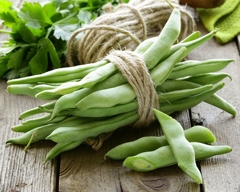
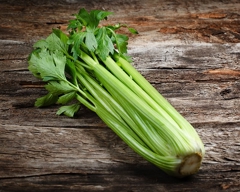
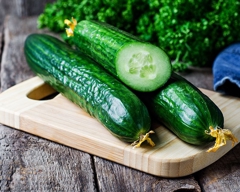
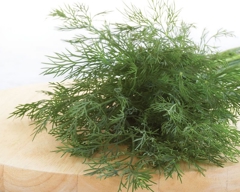
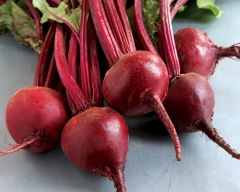








Share
Share this article on social media